Machine Translation and Post-editing in Foreign Language Teaching and Learning: A Systematic Review
DOI: 10.23977/jeis.2023.080404 | Downloads: 78 | Views: 2428
Author(s)
Xu Chen 1
Affiliation(s)
1 Foreign Language School, Linyi University, Linyi, 276000, China
Corresponding Author
Xu ChenABSTRACT
In recent years, the improvement of machine translation (MT) has facilitated advancements in the new translation mode of Machine Translation Post-editing (MTPE). This study compiles and synthesizes existing literature on post-editing, specifically focusing on text type, evaluation, and pedagogical implication. It is conducted by Systematic Reviews and Meta-Analyses (PRISMA) framework. The findings suggest that the majority of source texts utilized for MTPE in language learning involve in the general domain, with newspapers being the most frequently employed option. Meanwhile, the results indicate that the translation outputs of NMT post-editing and from-scratch translation were comparable when evaluating PE outcomes in terms of accuracy and fluency. Furthermore, the framework proposed by Krings [1] for assessing Post-editing Effort (PEE) has gained significant acceptance in the field. Ultimately, the utilization of NMT can yield benefits and efficacy in the field of language acquisition. The review also suggests future research directions to analyze issues and advance regarding to post-editing.
KEYWORDS
Machine Translation (MT), Post-editing (PE), Post-editing Effort (PEE), TrainingCITE THIS PAPER
Xu Chen, Machine Translation and Post-editing in Foreign Language Teaching and Learning: A Systematic Review. Journal of Electronics and Information Science (2023) Vol. 8: 21-24. DOI: http://dx.doi.org/10.23977/10.23977/jeis.2023.080404.
REFERENCES
[1] Krings, H. P. Repairing Texts: Empirical Investigations of Machine Translation Post-editing Processes, vol. 5, 2001. Ohio: Kent State University Press.
[2] Jia, Y., Carl, M., & Wang, X. How Does the Post-Editing of Neural Machine Translation Compare with From-Scratch Translation: A Product and Process Study. The Journal of Specialised Translation, vol. 1, no. 31, pp. 60–86, 2019a.
[3] Zhang, H., & Torres-Hostench, O. Training in Machine Translation Post-editing for Foreign Language Students. Language Learning & Technology, vol. 26, no. 1, pp. 1-17, 2022.
[4] Jia, Y., & Lai, S. Post-Editing Metaphorical Expressions: Productivity, Quality, and Strategies. Journal of Foreign Languages and Cultures, vol. 6, no. 2, pp. 28-43, 2022.
[5] Yamada, M. The Impact of Google Neural Machine Translation on Post-editing by Student Translators. The Journal of Specialised Translation, vol. 31, no. 1, pp. 87-106, 2019.
[6] Chung, E. S. The Effect of L2 Proficiency on Post-editing Machine Translated Texts. The Journal of Asia TEFL, vol. 17, no. 1, pp. 182–193, 2020.
[7] Yang, Y., & Wang, X. Predicting Student Translators' Performance in Machine Translation Post-editing: Interplay of Self-regulation, Critical Thinking, and Motivation. Interactive Learning Environments, vol. 31, no. 1, pp. 340–354, 2020.
[8] Chung, E. S., & Ahn, S. The Effect of Using Machine Translation on Linguistic Features in L2 Writing across Proficiency Levels and Text Genres. Computer Assisted Language Learning, vol. 35, no. 9, pp. 1–26, 2021.
[9] Koponen, M., Salmi, L., & Nikulin, M. A Product and Process Analysis of Post-Editor Corrections on Neural, Statistical and Rule-based Machine Translation Output. Machine Translation, vol. 33, no. 1-2, pp. 61-90, 2019.
| Downloads: | 13730 |
|---|---|
| Visits: | 579933 |
Sponsors, Associates, and Links
-
Information Systems and Signal Processing Journal

-
Intelligent Robots and Systems

-
Journal of Image, Video and Signals
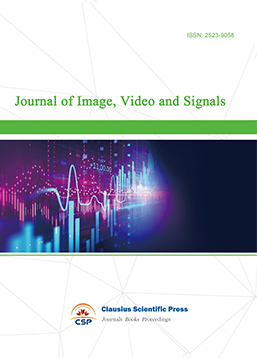
-
Transactions on Real-Time and Embedded Systems
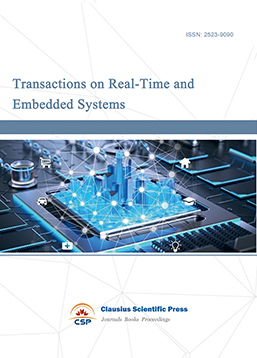
-
Journal of Electromagnetic Interference and Compatibility
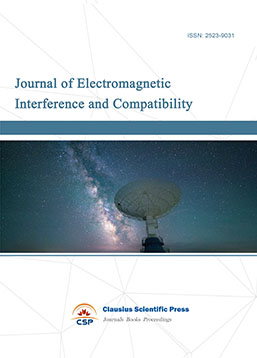
-
Acoustics, Speech and Signal Processing
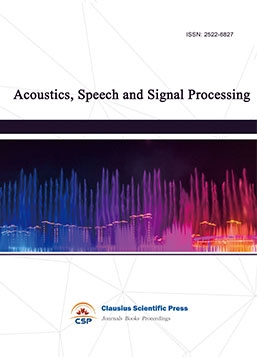
-
Journal of Power Electronics, Machines and Drives
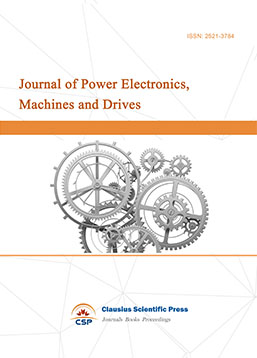
-
Journal of Electro Optics and Lasers

-
Journal of Integrated Circuits Design and Test
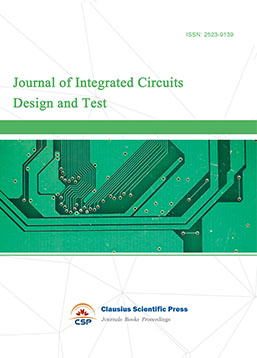
-
Journal of Ultrasonics
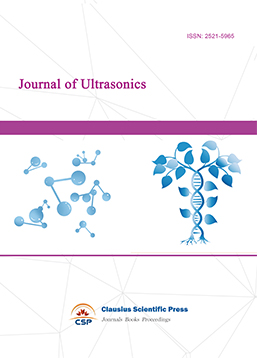
-
Antennas and Propagation
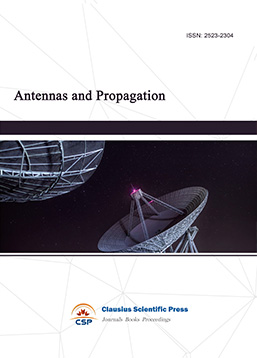
-
Optical Communications
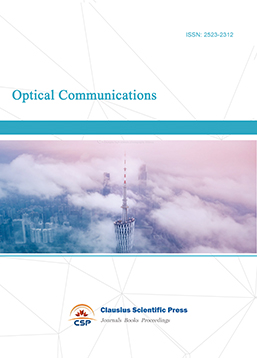
-
Solid-State Circuits and Systems-on-a-Chip
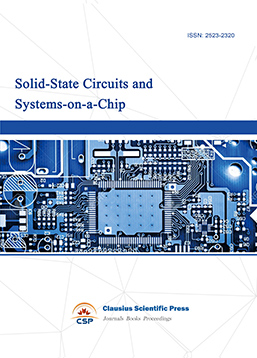
-
Field-Programmable Gate Arrays

-
Vehicular Electronics and Safety
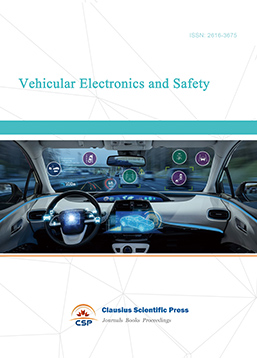
-
Optical Fiber Sensor and Communication
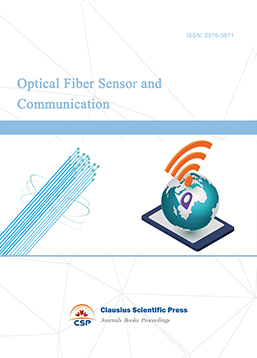
-
Journal of Low Power Electronics and Design
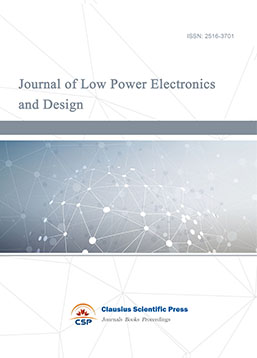
-
Infrared and Millimeter Wave
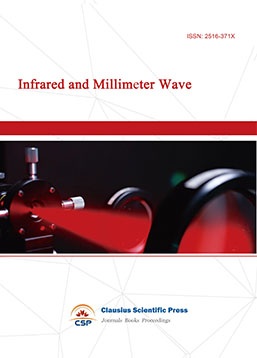
-
Detection Technology and Automation Equipment
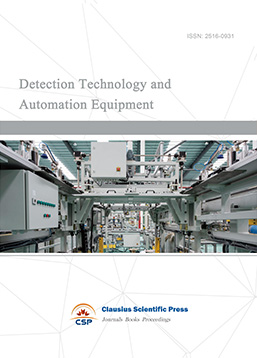
-
Journal of Radio and Wireless

-
Journal of Microwave and Terahertz Engineering
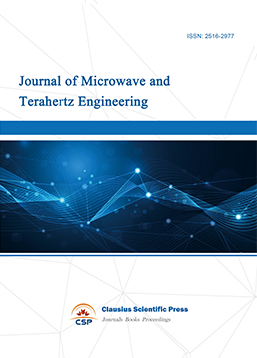
-
Journal of Communication, Control and Computing
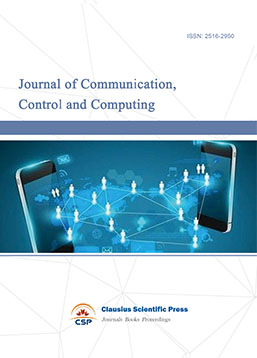
-
International Journal of Surveying and Mapping
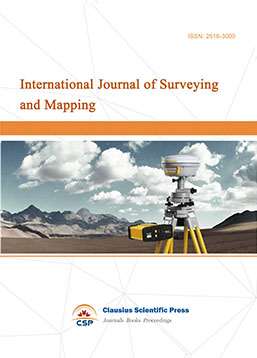
-
Information Retrieval, Systems and Services
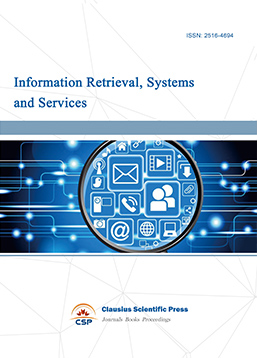
-
Journal of Biometrics, Identity and Security

-
Journal of Avionics, Radar and Sonar
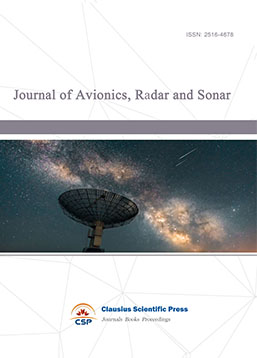

 Download as PDF
Download as PDF